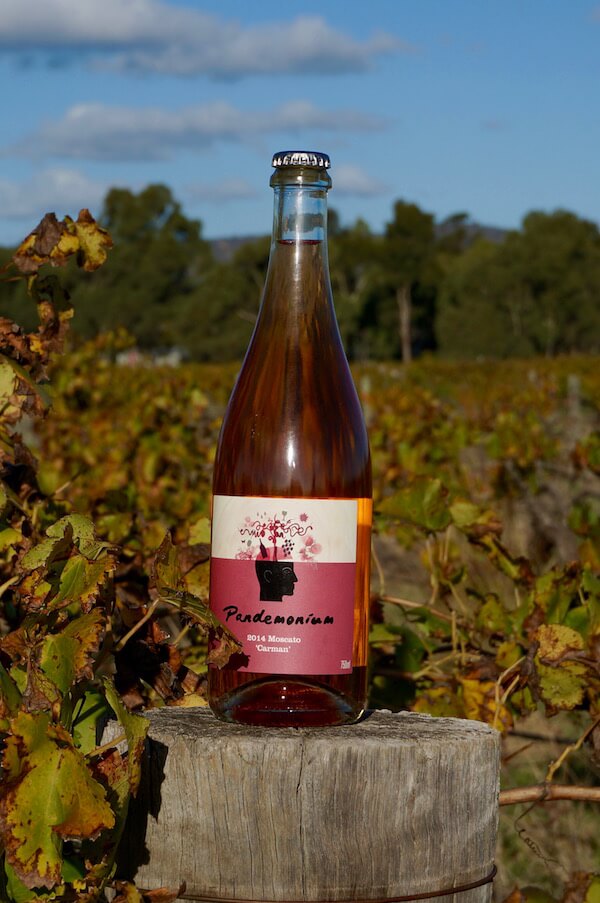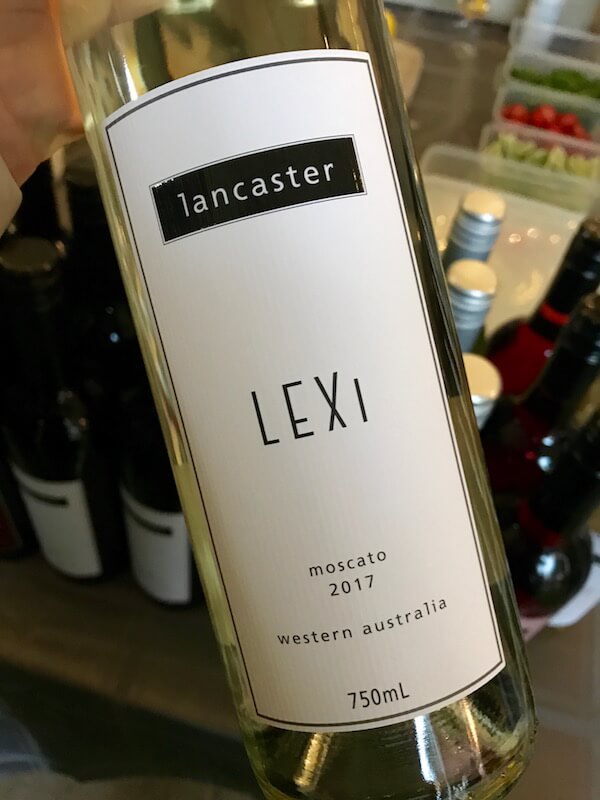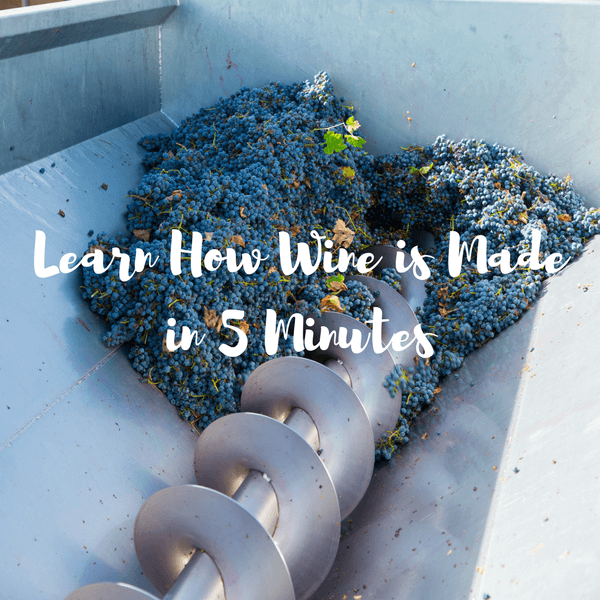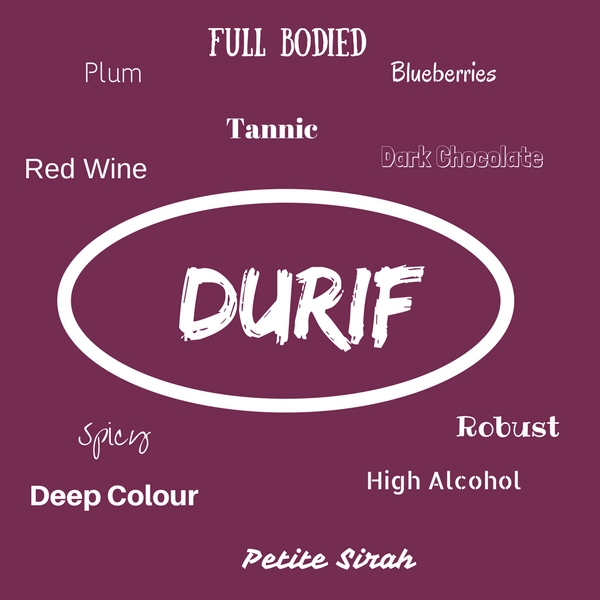Moscato: Everything you need to Moscat-Know about the Flirt of the Wine World

The weather is warming up (slowly) which means everyone is starting to crave chilled wines out on the patio. One wine style term which I have seen thrown around more and more over the past couple of years is ‘Moscato’.
Typically when a lot of people think about Moscato, they think; sweet, bubbly and for the younger female market. I am female, I like bubbly, but I don’t typically drink the sweeter styles yet there are some good ones out there. So today I want to open the bottle on Moscato and find out what it’s really about…
Okay, first things first…
What is Moscato wine?
Let’s first take a look at the different uses of the term:
- Muscat (grape), a family of grapes used in wine-making
- Moscato d’Asti, an Italian sparkling Moscato wine
- Judah Moscato, Italian rabbi, poet, and philosopher of the sixteenth century
- Vincent Moscato, former French international rugby player, now radio host, actor and comedian
Obviously, for this post, we are focusing on the first two which refer to wine. Originally from Italy, Moscato d’Asti is a sweet wine that’s low in alcohol and made from the Moscato Bianco grape. It is being made around the world in both a still and slightly sparkling (aka Frizzante or pétillant) style.
The common attributes of Moscato’s are that they tend to have some sweetness, are light and typically lower in alcohol. Plus they are made from one of the Muscat grape varieties.
As you can probably guess by the above definition, Muscat isn’t one type of grape – it’s a whole family of grapes which includes over 200 different varieties! The most common Muscat grape varieties used in wine production are:
- Muscat Blanc à Petits Grains (aka Muscat Blanc, Muscat Bianco, White Muscat, Frontignan)
- Muscat Rose à Petits Grains
- Muscat Rouge à Petits Grains
- Black Muscat
- Muscat of Alexandria (aka Zibibbo, Moscatel)
- Orange Muscat
- Muscat of Hamburg
- Moscatel de Setúbal (Common in Portugal)
- Muscat Ottonel (Common in Austria and Alsace)
Is Moscato wine sweet or dry?
Generally Moscato is going to be sweet. However the level of sweetness really depends on the winemaker and the style they are going for.
They also tend to be lower in alcohol (5-9%) and low in acidity. All these components make them a great option for many wine cocktail recipes.
What are the typical flavours/aromas?
Before I delve into those flavours and aromas, I think it’s important to point out that yes Moscato is sweet but it’s ‘fruit-sweet’ instead of being ‘sugar sweet’ when made well. It should have a nice balance of fruit sweetness and acidity in my opinion.
Typically there are plenty of stone fruits (think peach, nectarine and apricot) with candied lemon and orange alongside hints of Turkish Delight/sweet musk and strawberries sometimes. You can also get some floral notes like orange blossoms, jasmine and rose petals/rose-water.
The different styles
From white Moscato wine to pink-peach Moscato, and still and sparkling, it can come in a variety of forms – so what’s the difference?
Sparkling: This is the most common style you’ll probably come across. It’s sweet and bubbly, though not too bubbly (think a Frizzante style). It’s easy-drinking and low in alcohol. It can be a white or a pink shade if made from Muscat Rose à Petits Grains or Muscat Rouge à Petits Grains. Sometimes ‘Pink Moscato’ is also made with White Muscat that has had some red wine juice added to it, you can read more about this technique over in my rose wine guide.
Still white: A still white Moscato is typically made from the Muscat Blanc grape. It can be made in a dry style with alcohol levels around 12% – it’s less common so keep an eye out for it and give it a go.
Sweet/Dessert wine This is the style for the sweet-tooths out there. Sweeter style Moscato’s are typically made with Muscat of Alexandria (also called Moscatel in Spain) and they can be aged in oak.
How many calories are in Moscato?
It is sweet, yet it’s low in alcohol (5-10% typically) which means you’re looking at about 110 – 170 calories per glass. Check out the Wine Folly Calorie Chart for more info.
While we are on the topic of wine and its nutritional values, I would highly recommend checking out this article I recently read on Wine Spectator: How Does Wine Affect Your Waistline.
Food pairings
I think this is exactly while I have started to buy a few more – it goes well with spicy foods! I am a huge chilli addict who loves adding an extra kick to all my meals however it sometimes doesn’t make it easy to match with a wine. This is why this sweeter wine works so well, the low alcohol and sweetness balances out the hotness well. Think Asian cuisines like Thai and Chinese food.
It’ll also work well with cheeses – a personal favourite of mine is goats cheese! And in terms of proteins; fish, pork and poultry will also go well.
If you love your sweets, then I can confirm it also goes well with dessert. I enjoyed this Soft Centred Chocolate Pudding with Raspberry Sorbet at Little Guildford with a wee glass of this delectable pink wine to finish off a meal and it was divine!

Recipes
I love cooking with wine! Therefore here are some delicious sounding you recipes you might want to try:
- Chicken Moscato with Garlic and Herbs from the Orgasmic Chef
- Apples Baked in Moscato from Good Food
- Moscato Cupcakes with Strawberry Frosting from Homemade Food Junkie
- Moscato Shrimp Scampi from My World Simplified
Who produces moscato in Australia?
Moscato originates from the Provence of Asti in North-West Italy however different styles are now made all over the world. Including in Australia from the likes of Brown Brothers over on the east coast to Pandemonium Estate, Pinelli Estate, Harris Organic and Lancaster Estate in the Swan Valley.
It was actually Pandemonium Estate that made me take a second look at this style of wine. It does have a sweet edge to it, but enough acidity to cut through the sweetness and with some spicy Thai food – it goes down a treat! You can find my tasting note here.


Plus, as the lovely Heidi points out below, this easy-drinking and affordable style can also be turned into a great punch!
Where can you buy it in Australia?
You can buy Moscato directly from many wineries. Plus if you can visit a cellar door, then you can potentially taste before you buy which is always a good thing.
If you are shopping online, here are some options (please note some of these links are affiliate links, which means at no cost to you, I might get a small amount of commission if you click through and purchase):
Learn more about the above online wine shops and more in my Where to Buy Wine Online in Australia Guide.
Whose hungry and thirsty now? I know I am! If you have a favourite Moscato, make sure to share it with us all in the comments below.




To be honest Emma, I think it’s just like anything – fashion, music, etc. Trends come and go, a great example is Chardonnay – it use to have such a bad rep but now everyone is drinking it! People judge us on everything, which is sad – but at the end of the day, as long as you’re enjoying what you’re drinking then don’t worry about the others (especially the wine snobs as they are very much like sheep!).
Words cannot describe how much I appreciate a comprehensive post like this! Especially calorie count which really should make me think about all the macca’s cheese burgers I could have been chowing down all last summer instead of sipping on sparkling moscato, but to be honest I’d choose the moscato again in a second (and probably will this summer too).
The suggestion of using moscato to soften harsh or spicy flavours is really interesting and I may just have to use it as an excuse to both indulge in some green curry and a glass or two of moscato. Oh and I can’t forget to follow it up with a fruity dessert and a sweet sparkling drop.
I was wondering, with all the great components of this kind of wine why do you think it gets such a bad wrap amongst ‘wine snobs’. I really enjoy moscato and am often judged for my choices by some of my more snooty family members.
I’d love to read your thoughts on why I may have experienced this, mostly so I can have a good comeback for my annoying relatives but I am also interested in where this idea came from.